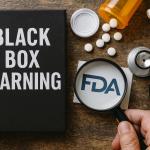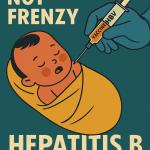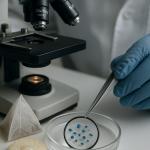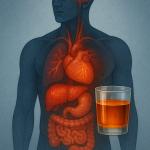Lost in the Christmas and end-of-year frenzy was a plan by Secretary Kennedy to announce that we were moving childhood vaccinations to the Danish schedule, a model that includes fewer routine vaccines than the US schedule.
Harm Reduction
Wellness Warriors are out in full force for anti-inflammatory diets.
When a Calling Collides With Reality
In the last few weeks, there has been some drama surrounding black box warnings or boxed warnings issued by the FDA.
LM is an unofficial medical specialty that uses lifestyle interventio
Well, it should come as no surprise that the ACIP has decided that hepatitis B vaccination for newborns is no longer its recommendation. Nor is it surprising that many organizations are breathlessly concerned.
Trillions of dollars are earmarked for AI research, and roles for the Bots or AI-vehicles are expanding.
Rethinking Microplastic Risks
Microplastics are plastic particles ranging from 0.1 to 5,000 micrometers, and nanoplastics are particles ranging from 1 to 100 nanometers, i.e., 0.001–0.1 micrometers.
When I asked ChatGPT for chemicals that may affect men more than women, a long list appeared, including alcohol, endocrine-disrupting chemicals, such as phthalates and bisphenol A, and lead [1].












